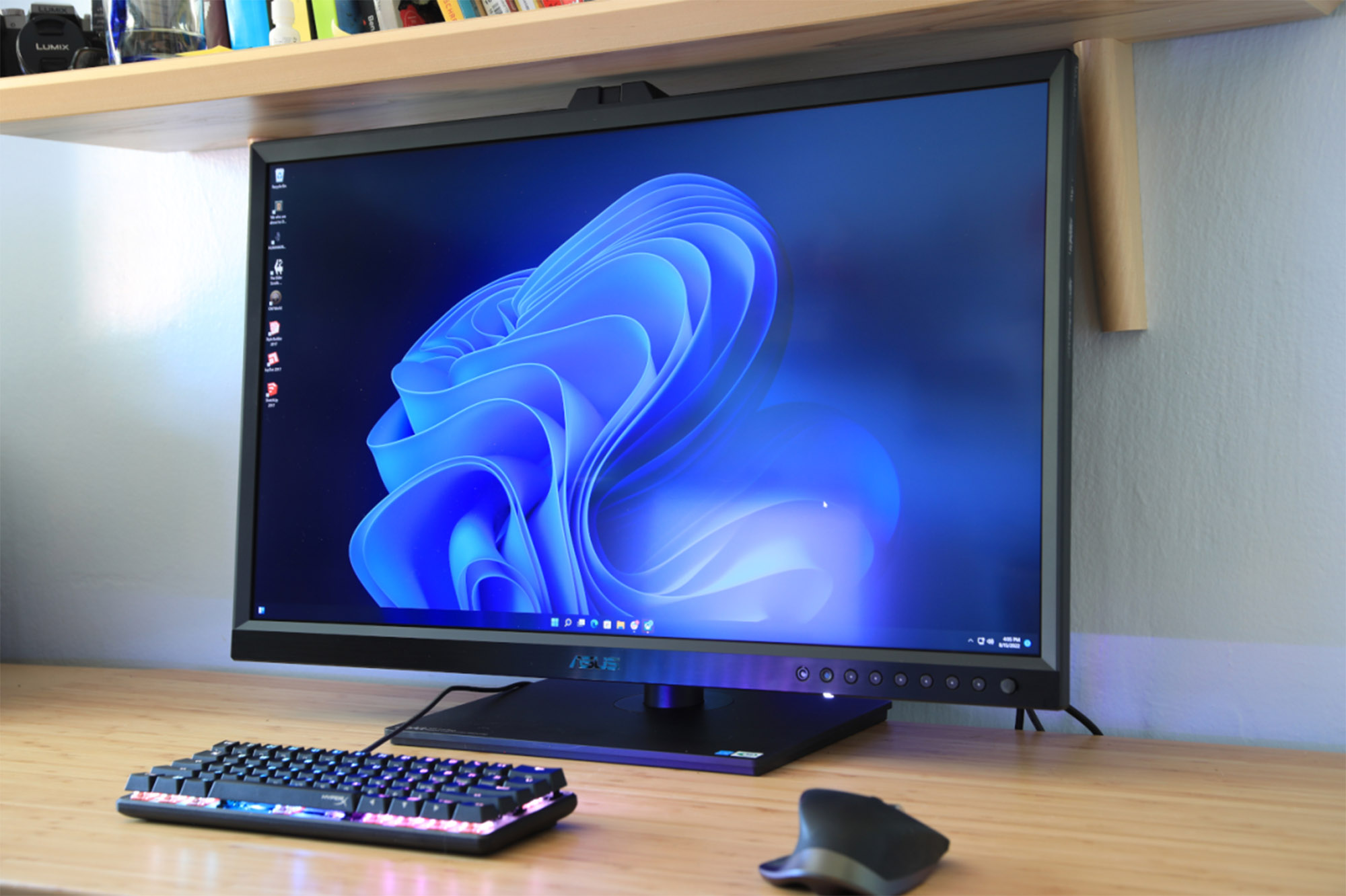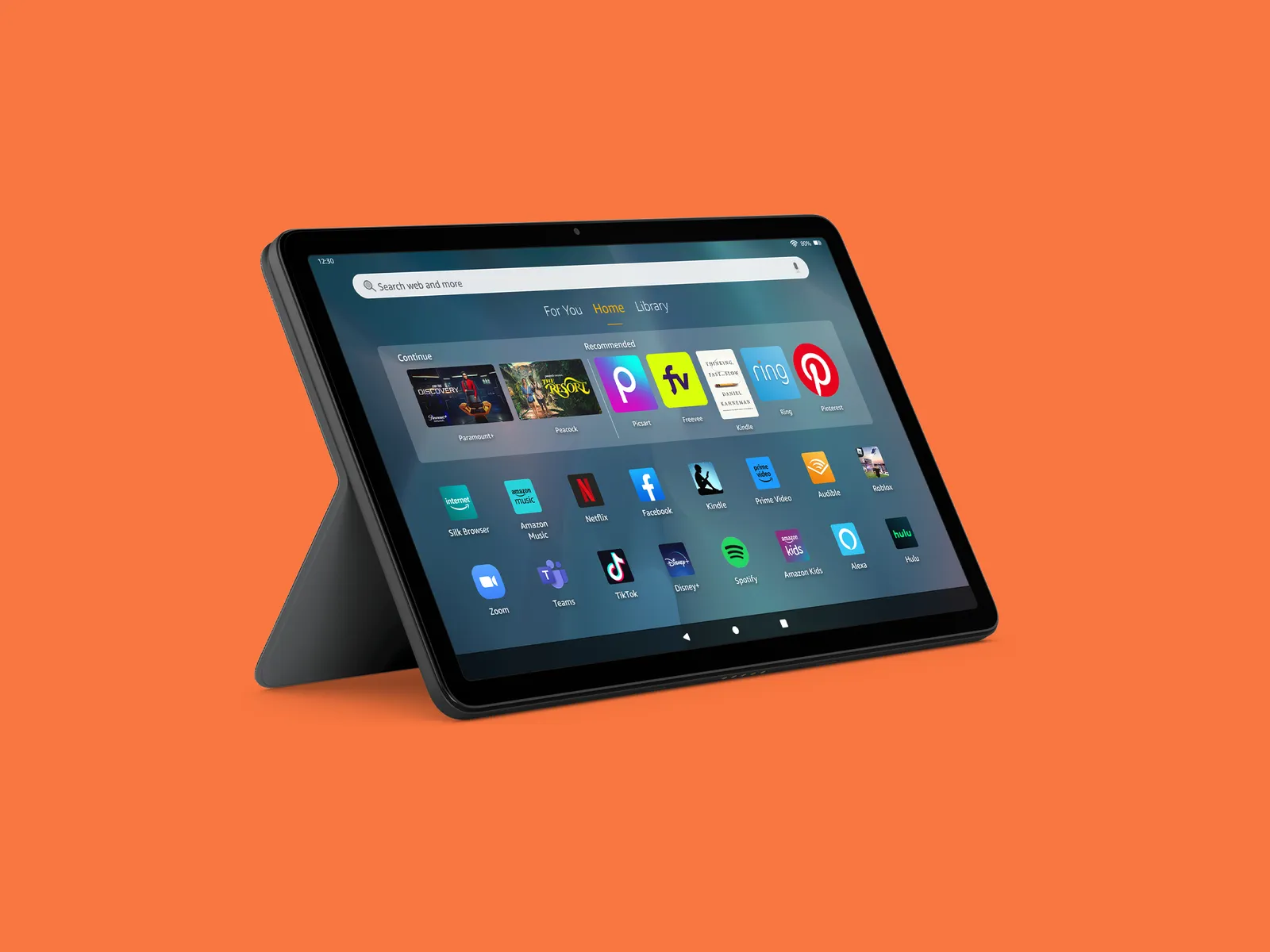Along with Corsair, Dell, and LG, most OLED monitors now come with two or three years of coverage for burn-in
After we spent years looking at televisions, smartphones, and even laptops with envy, OLED panels are finally starting to show up on desktop monitor panels. Well, they are if you have a lot of disposable income. But as wonderful as it is to see perfect black levels and vibrant colors, some users can’t help shake the fear of the kind of burn-in that plagued early versions of OLED panels elsewhere, especially given that PCs often hold static images for a long time. Asus and MSI are doing something about it.
Monitor specialist site TFTCentral reports that Asus has expanded its standard one-year warranty to cover two years of coverage specifically for burn-in on OLED monitors. MSI is one-upping them with three years of similar coverage. This meets or beats competitors like LG (two years), Dell/Alienware (three years), and Corsair (three years).
Burn-in isn’t exactly a new problem, it was around in the old CRT days, too. (Those are the big, grey monitors that look like Minecraft blocks, if you’re among our younger readers.) Keeping things like a wallpaper or a status bar from being permanently etched onto your screen is the reason screensavers were a thing.
But the burn-in problem came back with early generations of OLED displays, and became particularly notable with things like smartphone navigation buttons or news and sports tickers on televisions, parts of the image that tended to be static or largely repeating. Obvioulsy that would be a big concern for PCs; nobody wants to see ghostly images of their desktop icons when they’re trying to kill actual ghosts in Baldur’s Gate.
Thankfully, new generations of OLED panels and some software tricks have largely mitigated this issue. MSI cites “multi-logo detection, taskbar detection, and boundary detection” in its warranty announcement, a series of software tools that will automatically adjust images beneath a user’s perception to prevent the panel from resting too long on a single image. In addition the MSI monitors will notify users of a manual pixel refresh after four hours of continuous use.




